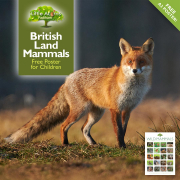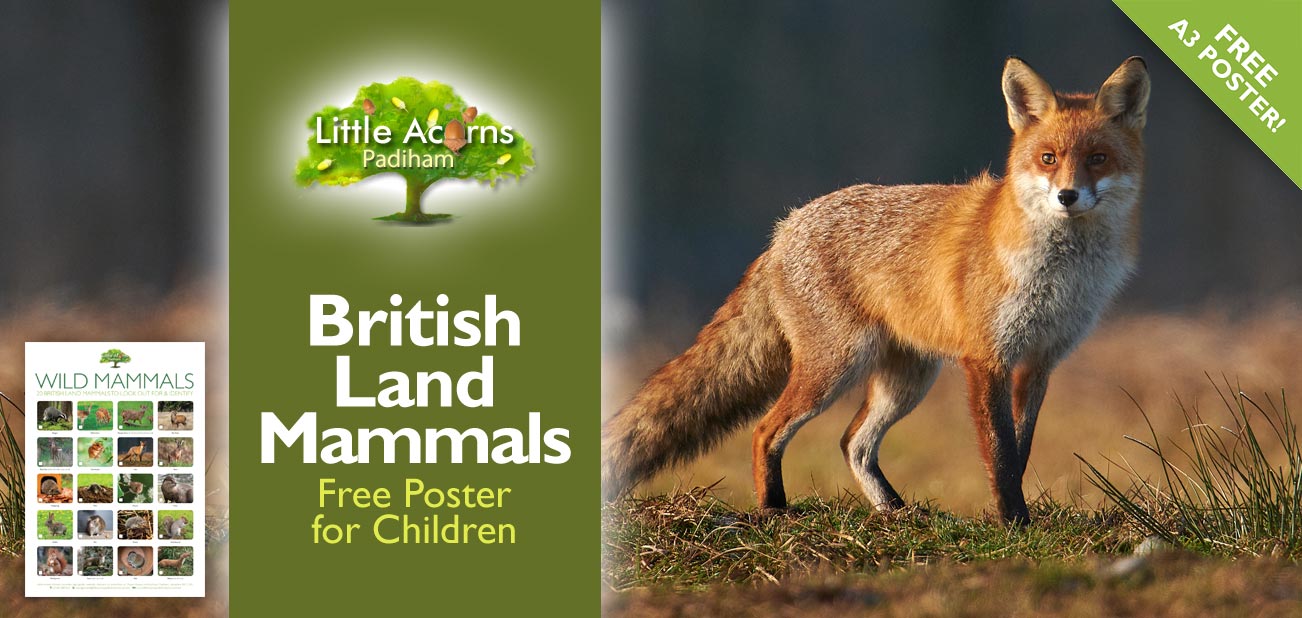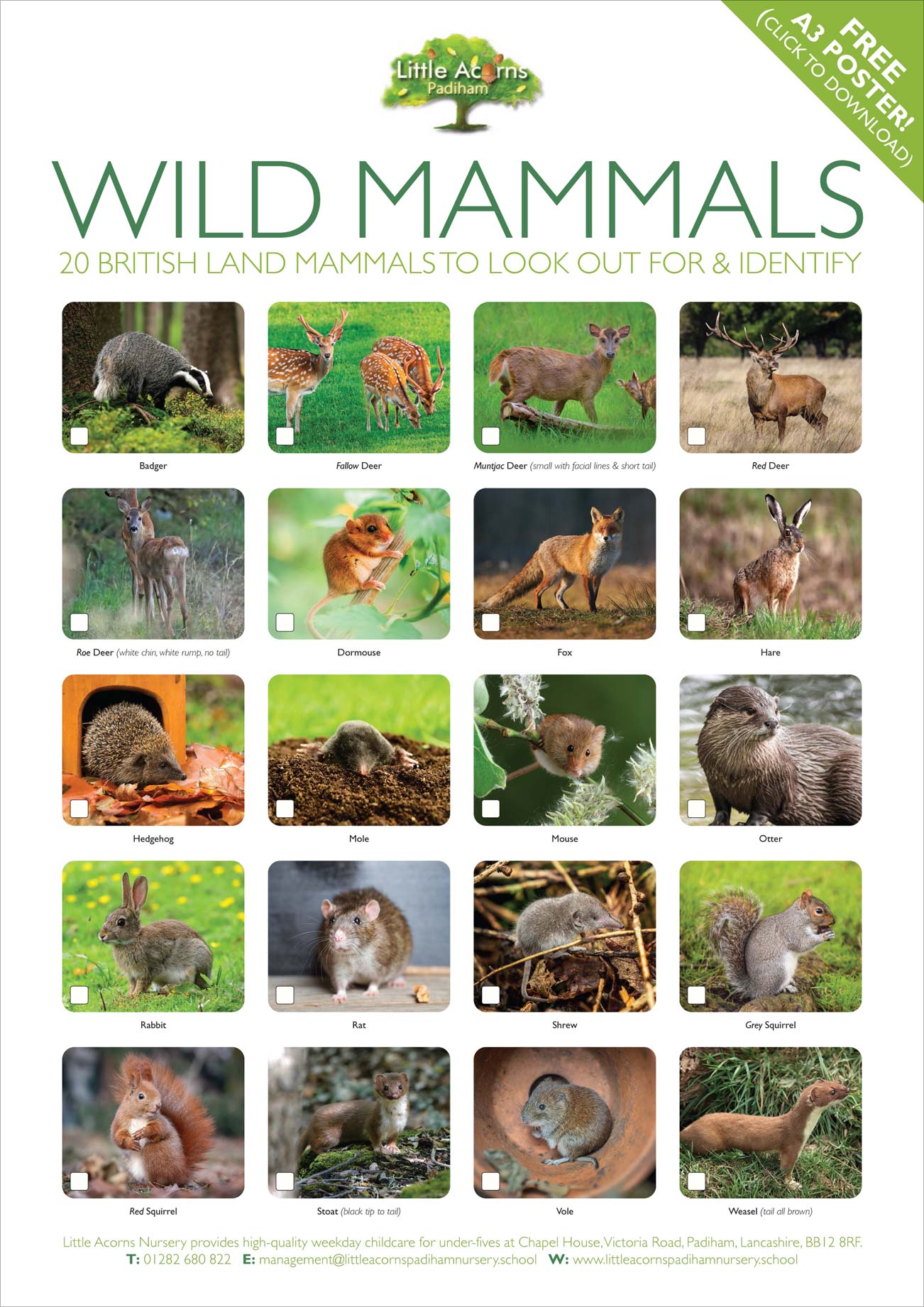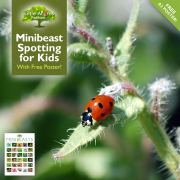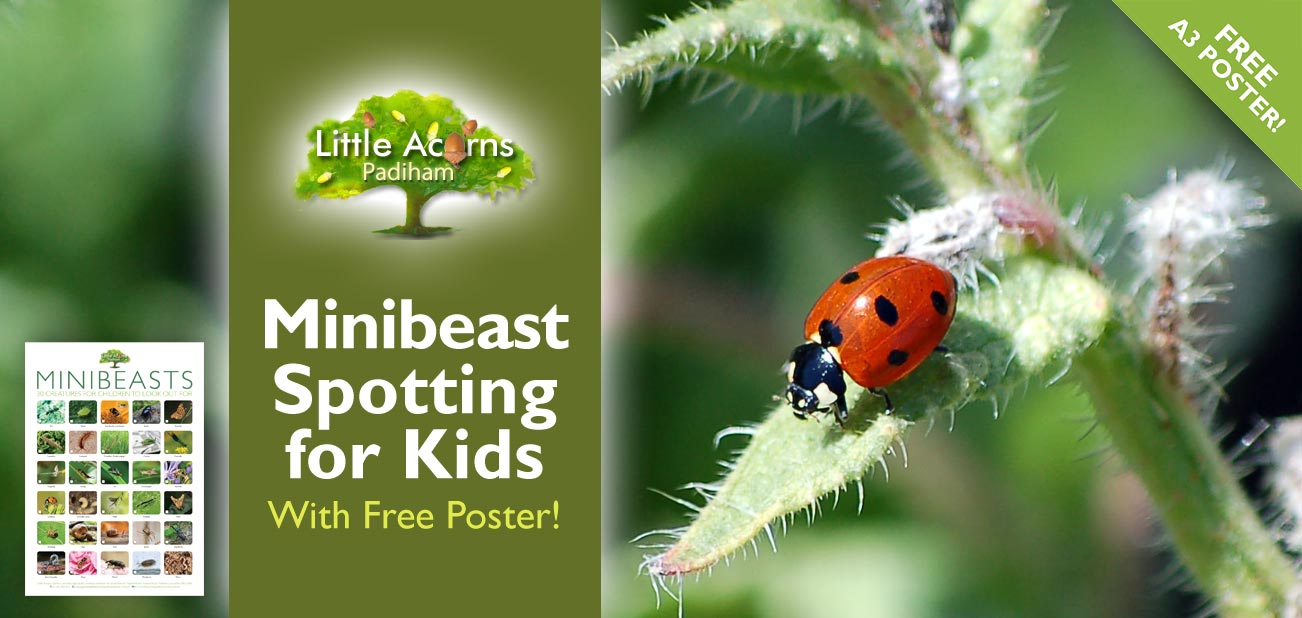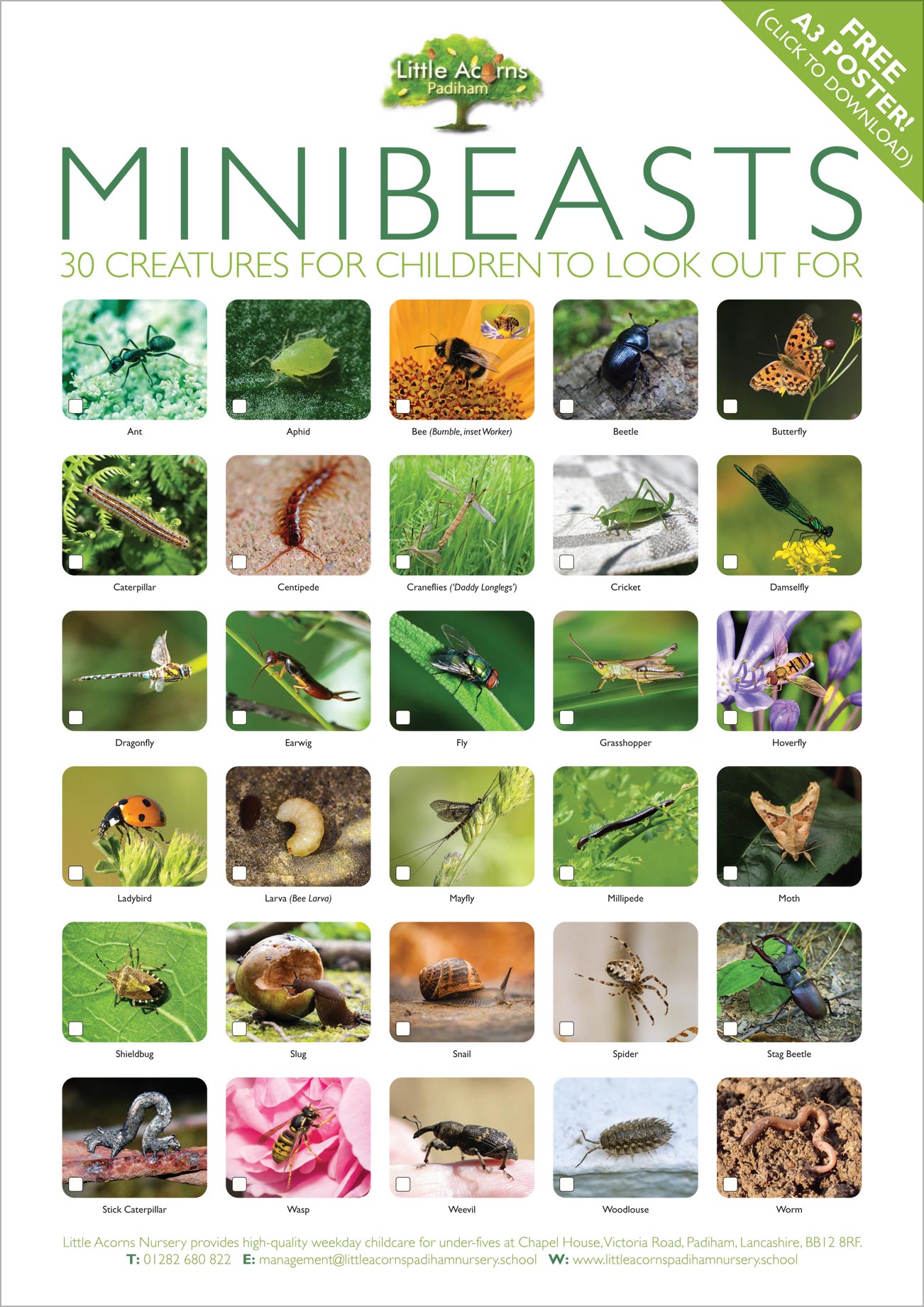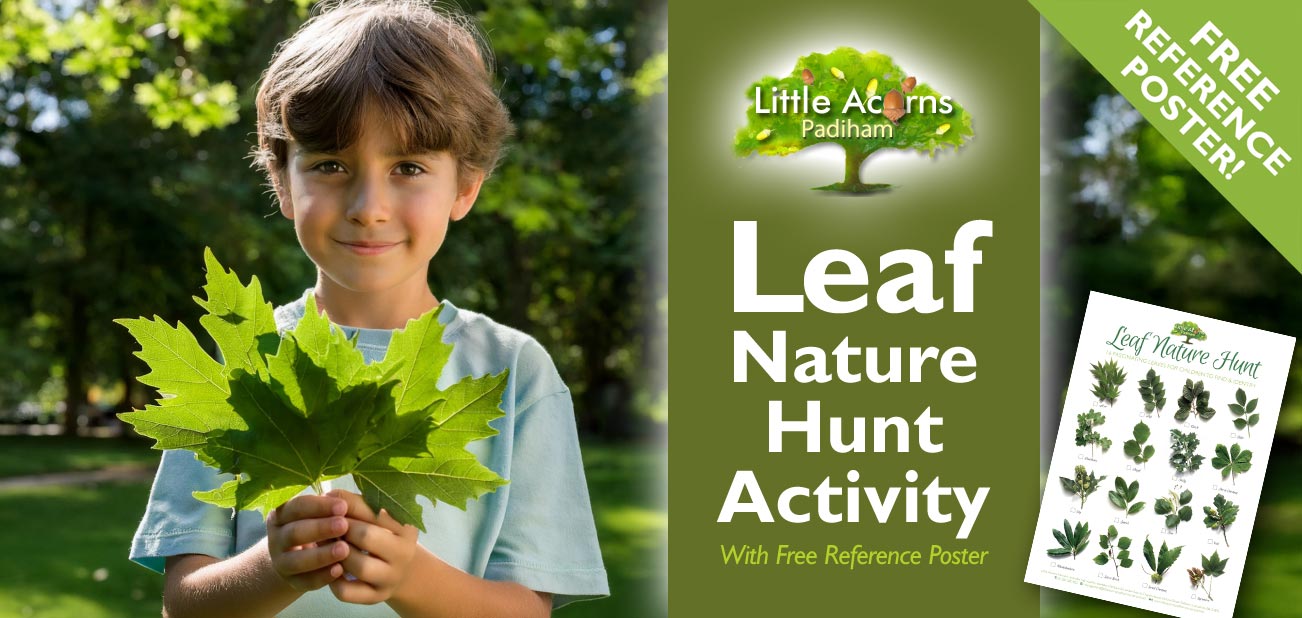
 Summer and autumn are wonderful times for children to experience nature in its full glory. At such times, the natural world is brimming with colourful flora and fauna, and it’s a spectacular feast for their eyes and senses. Outdoors, little ones can learn an enormous amount about the natural world around them, enjoy some fresh air and freedom – under supervision, of course — and reap the many, profound benefits that nature will provide. With this in mind, today’s post focuses on the rich variety of leaves that children can be encouraged to look out for in a leaf nature hunt activity.
Summer and autumn are wonderful times for children to experience nature in its full glory. At such times, the natural world is brimming with colourful flora and fauna, and it’s a spectacular feast for their eyes and senses. Outdoors, little ones can learn an enormous amount about the natural world around them, enjoy some fresh air and freedom – under supervision, of course — and reap the many, profound benefits that nature will provide. With this in mind, today’s post focuses on the rich variety of leaves that children can be encouraged to look out for in a leaf nature hunt activity.
 We’ve generated a free reference poster for the activity, which is available for download today. The poster features 16 leaf varieties that children can look out for as part of their leaf-spotting challenge. Those under five will enjoy the simple activity of discovering leaves of different colours, shapes, and sizes — many are beautiful and intricate if they take the opportunity to take a closer look. Older children can be challenged to take things further by learning how to recognise and name the different types. Our free reference poster will help. Take a look below and download a free leaf reference poster today. And be sure to visit this blog area again soon, as we’ll follow up with some creative leaf art activities in the near future. Happy foraging!
We’ve generated a free reference poster for the activity, which is available for download today. The poster features 16 leaf varieties that children can look out for as part of their leaf-spotting challenge. Those under five will enjoy the simple activity of discovering leaves of different colours, shapes, and sizes — many are beautiful and intricate if they take the opportunity to take a closer look. Older children can be challenged to take things further by learning how to recognise and name the different types. Our free reference poster will help. Take a look below and download a free leaf reference poster today. And be sure to visit this blog area again soon, as we’ll follow up with some creative leaf art activities in the near future. Happy foraging!
Grab Your Child’s Free Poster!
Click the preview image below to either download or view the leaf reference poster in high resolution. On most devices, a right-click is the correct approach if you’d like to save the poster file. (It’s an Acrobat PDF that’s less than 2MB in size, so it should not take long to download, even on a mobile device). We recommend printing it from the Acrobat file using your highest-quality settings and paper. It will print in high definition up to A3, but children may also find an A4 or A5 leaflet size print-out beneficial during their outdoor leaf hunt. Use the little tick boxes to mark each type of leaf as it’s successfully discovered.
Points for Children to Note
Encourage children to take a deep, close-up look at the leaves. Many are quite beautiful and incredibly intricate up close. For example:
 Point out the huge variety of different shapes, sizes, and textures of leaves in the natural world.
Point out the huge variety of different shapes, sizes, and textures of leaves in the natural world.- Draw children’s attention to the stalk (a.k.a. ‘petiole’), central midrib, and veins that support the structure of each leaf.
- Suggest your child holds the different leaves up to the light, so they can see the fine filigree of miniature channels (called venules) that transport moisture and nutrients to all parts of a leaf.
- Children can note the different types of seeds that grow with the various leaves. From conkers, acorns, and hazelnuts to winged seeds like those on a sycamore or acer, nature really is miraculous when you think about it.
- A special mention goes to lime leaves. From mid-summer to autumn, they feature quite beautiful seed clusters that are both functional and highly decorative. See the example on the 3rd row, 2nd from the right, on the reference poster.
- Oak leaves feature their wonderful acorn sprigs in summer and early autumn. These are also rather gorgeous if you take time to admire them. However, always ensure babies, toddlers, and young children are kept safe from the potential choking hazard represented by the acorns themselves.
- Ivy leaves look quite unique once their distinctive flower clusters appear. These are much-loved by pollinators and will usually attract a wide variety that includes hoverflies, honeybees, butterflies, and many more.
- Ivy is also one of only four featured leaves that are evergreen. Others on the poster are holly, laurel, and rhododendron. These are a good opportunity to teach children the difference between evergreen and deciduous, particularly come autumn.
In their own way, many leaves are every bit is stunning as flowers for those who take a moment to examine them closely. Encourage little ones to take the time to ponder the fabulous fine details!
Ash or Elder? Hazel or Lime?
There are a few leaves that may, at first, seem a little tricky to tell apart. Ash leaves, for example, are similar to elder. However, there are significantly more ash leaves on each stem than there are elder leaves. While elder typically has between 5 and 7 ‘compound’ leaves per stem, ash usually has up to 15. Ash leaves also have a subtle sheen, while elder leaves are more matte in comparison.
Another pair that can be easily mistaken for one another are hazel and lime, particularly before the seeds/flowers have appeared. Hazel, however, is very matte in finish, while lime is shinier.
More Free Stuff!
Today’s leaf reference poster is just one of a series of free activity posters available to children at this website. Why not check out — and download — some of the others for your child today? Others include a Spring Nature Hunt activity poster, an Autumn Nature Hunt poster, a British Land Mammals poster, a Minibeast spotting poster, a Bird-spotting poster, and a Butterfly spotting poster packed with beautiful butterflies. Visit the links and download for free.

Little Acorns: Your Padiham Nursery
A High-Quality Childcare Nursery in Padiham, Lancashire
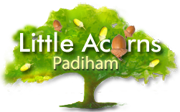
 We hope you and your little one(s) enjoy the leaf nature hunt and that the reference poster is useful. We like to encourage families to enjoy the natural world, as we know how hugely beneficial nature is to children. During their time at Little Acorns Nursery in Padiham, children also get to enjoy nature in the nursery’s garden. It has its own nature zone where little ones can look for flora and fauna and enjoy outdoor play in a safe and secure environment.
We hope you and your little one(s) enjoy the leaf nature hunt and that the reference poster is useful. We like to encourage families to enjoy the natural world, as we know how hugely beneficial nature is to children. During their time at Little Acorns Nursery in Padiham, children also get to enjoy nature in the nursery’s garden. It has its own nature zone where little ones can look for flora and fauna and enjoy outdoor play in a safe and secure environment.
Little Acorns Nursery supports free, funded childcare hours for eligible children aged from 9 months to 4 years. The setting is recognised by Ofsted as a good childcare provider. To explore the opportunity of sending your baby, toddler, or preschooler to Little Acorns Nursery in Padiham, get in touch today:
We are a nursery in Padiham (BB12) in Lancashire, providing high-quality weekday childcare to local families in Padiham as well as Hapton, Rose Grove, Burnley, Altham, Huncoat, Read, Simonstone, Sabden, Higham, and Wood End.
Safety Notes
Children, particularly the youngest, should, of course, be accompanied and supervised outdoors by a responsible adult. There are many hazards out there! Adults should therefore be vigilant at all times, do their own risk assessments, and educate children about safety outdoors. A few examples of possible dangers include berries, fungi, nettles, prickly thorns, etc., so teach children not to touch them. Encourage little ones not to collect anything that may be a choking hazard to babies and toddlers (acorns, for example) or that may be poisonous or toxic. Keep children away from physical hazards, including ponds, lakes, steep drops, traffic, roads, strangers, etc. With the right supervision, children will have fun, learn a lot, and stay safe.
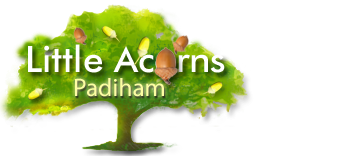
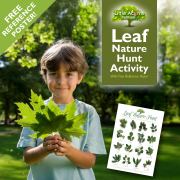
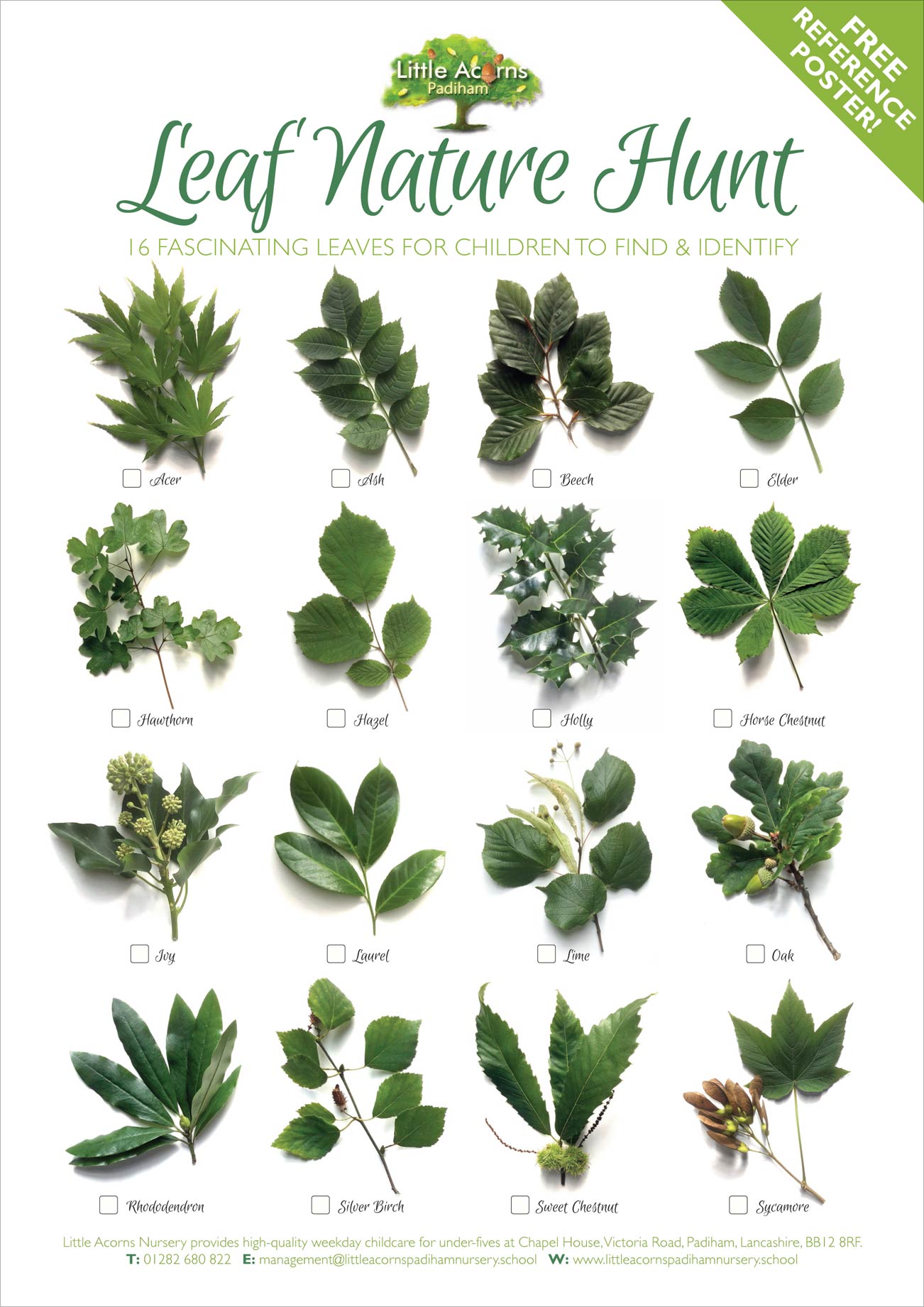
 Point out the huge variety of different shapes, sizes, and textures of leaves in the natural world.
Point out the huge variety of different shapes, sizes, and textures of leaves in the natural world.